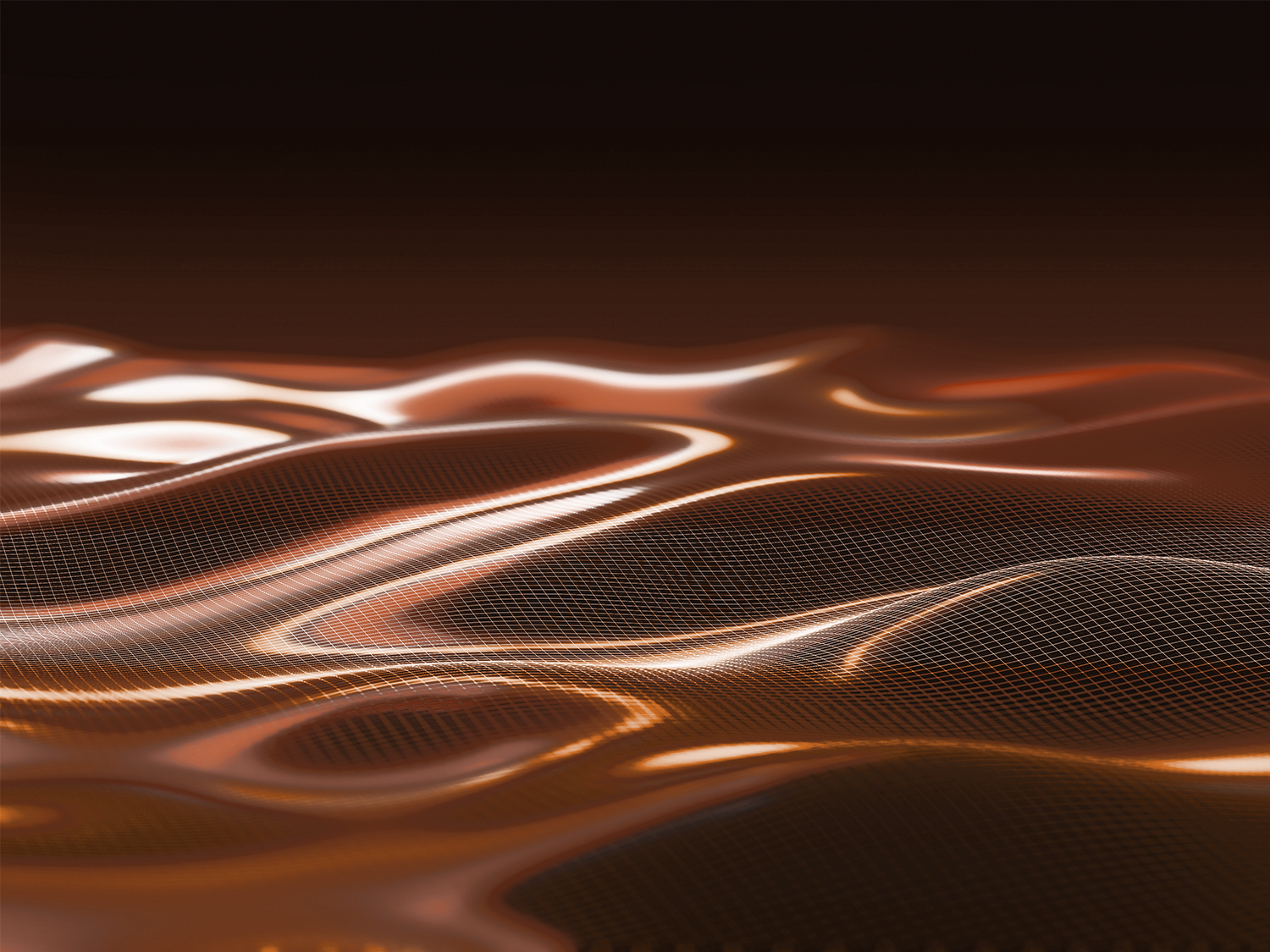
Sample: Innovation Outlook: Alternative Dyeing and Finishing
-By Otis Robinson, Jessica Robe, Cara Dudgeon, Victoria Nickerson, Madelaine Thomas, Joseph Link
In the second Innovation Outlook of 2023, WTiN examines alternative dyeing and finishing technologies – ones that not only pull the rug from under tradition, but that empower efforts to increase sustainability in textile & apparel processing.
Today, textile dyeing and finishing remains rooted in tradition: dye baths and finishing baths reign supreme. This traditional dyeing and finishing sector accounts for a large portion of carbon emissions and the toxic chemical waste that ends up in rivers and bodies of water, and as sustainability awareness rises in the mind of the conscious consumer and in the governmental regulations that increasingly seek to protect the environment, alternative dyeing and finishing processes are required to continue to produce product albeit in a greener way.
As such, in this edition of WTiN’s Innovation Outlook, subtitled Alternative Dyeing and Finishing Processes, we examine a handful of unique substitutes to damaging traditional processes.
These alternatives include:
- Sonochemistry – the use of sound waves to increase the efficacy of chemical processes
- CO2 processing – the use of carbon dioxide to reduce the amount of energy and water used in processing
- Plasma technologies – the use of ionised gas to add functionalities or pretreat textiles
- Spray dyeing – the use of an alternative dyeing system to better affix dyes to fabrics
- Laser finishing – the use of laser technologies to add desired effects to garments
- Academic developments – a look at unique alternatives derived from academic institutions
These technologies – the most popular alternatives in the sector – will be detailed before short profiles of key technologists in their fields, cataloguing the important innovations in this area. As industry continues to seek greener ways to process and produce, WTiN hopes this issue of the Innovation Outlook can act as a helpful guide to what is currently possible.
In the meantime, visit www.wtin.com for more innovations within the sectors.
adhesion, anti-bacterial, anti-microbial, auxiliary chemicals, auxiliary chemicals, Baldwin, bonding, carbon dioxide laser, carbon dioxide, cavitation, chemicals, chemistry, CO2, cotton, Deven Supercriticals, Diener Electronic, dirt-repellence, dry processing, dye, DyeCoo, dyeing, Dye-Max, DyeOx, eCO₂Dye, embedding, fibres, fibres, functional, functionality, Grinp, hydrophobia, hydrophobic, Imogo, indigo foam, indigo, Jeanologia, laser finishing technology, laser finishing, laser technology, laser, lasers, Masca, microbubbles, microfine cleaning, natural, nucleation, nylon, Openair-Plasma, penetration, Plasma, plasma-coat, plasma-coating, Plasmatreat, PLAtex, precision dyeing, precision finishing, pretreatment, processing, recyclable, sonochemistry, spray dyeing, supercritical, SupraUno, surface activation, surface, surfaces, sustainable, synthetic, TexCoat G4, textiles, Tonello, VAV Technology, Water-free dyeing, waterproof, Weko, WEKO-NEO, wet processing, wettability, wool, woollen, Wrangler, yarns, zero discharge, zero-discharge,


